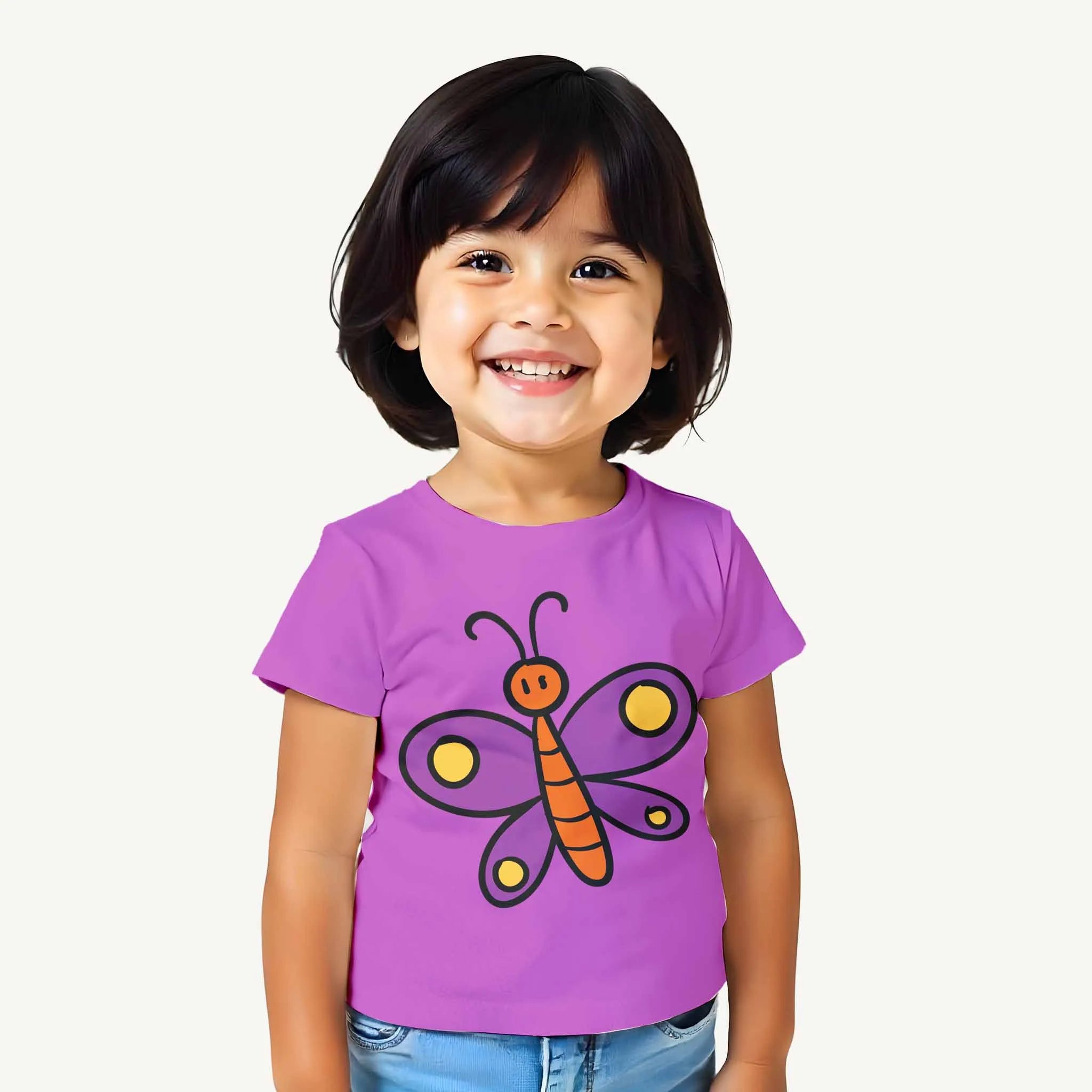From a Parent to a Parent
Hi there, fellow parent
Winter mornings bring cozy cuddles, hot chocolate, and - let's admit it - a small struggle every time we dress our kids. We want them to stay warm, but not to the point where they start sweating after a few minutes of play. That's where smart layering comes in - a parenting hack that keeps your child warm, comfy, and free to move, no matter how cold it gets.
Let's break it down step by step so you can master winter layering like a pro (without turning your child into a woolly snowball).
What Is Layering - Why Does It Matter?
Layering is the art of dressing your kids in multiple light layers instead of one heavy jacket.
This helps in:
-
Regulating body temperature
-
Keeping moisture away
-
Making it easy to remove a layer when it's warmer indoors
Think of layering like a cozy sandwich - every layer has a purpose!
Step 1: The Base Layer - Soft & Breathable
Start with a light, moisture-wicking layer that sits closest to your child's skin.
This helps in absorbing sweat and keeping them dry.
Look for:
-
100% pure cotton t-shirts or thermal tops
-
Skin-friendly dyes
-
Stretchy fits for movement
Tip: Guugly Wuugly's kids t-shirts are made with premium combed cotton that feels soft on delicate skin - perfect for layering under sweaters or jackets.
Step 2: The Middle Layer - For Warmth
This is your insulating layer, the one that traps body heat.
Opt for materials that keep your child warm without being bulky.
Best options:
-
Light fleece sweatshirts
-
Soft hoodies
-
Quilted jackets
Ensure they're lightweight and breathable - heavy materials can trap too much heat, leading to discomfort.
Step 3: The Outer Layer - Protection from Wind & Rain
Finally, seal the warmth with an outer layer that guards against wind or light rain.
This can be a windcheater, padded jacket, or even a waterproof shell if you're traveling.
Avoid:
-
Synthetic fabrics that don't breathe well
-
Layers that are too tight
Pro Tip: Always make sure the outer layer is easy to remove when your child moves indoors.
How to Know If They're Overheating
Kids won't always say when they're feeling too hot, but you can check for signs like:
-
Red cheeks or sweating
-
Fidgeting or removing layers
-
Feeling clammy under the arms
If that happens, just remove the middle layer - layering gives you flexibility!
Bonus Tips for Parents
-
Avoid over-bundling toddlers - they move a lot and warm up quickly.
-
Always carry an extra t-shirt in your bag; cotton dries fast if they spilled on or sweats.
-
Use lightweight, breathable fabrics like Guugly Wuugly's cotton t-shirts as base layers - they're comfy, non-irritating, and stylish too.
Final Thought
Winter clothing isn't just about warmth - it's about comfort, flexibility, and care. With the right layering pattern, you can keep your child cozy and cheerful whether it's a school day or a winter holiday.
From one parent to another: Always choose clothes that care - soft, skin-safe, and breathable. Because when kids feel good in their clothes, they shine a little brighter every day.
FAQs
1. What fabric is best for kids’ base layers in winter?
Cotton and soft thermal blends are great for the base layer - they're breathable, gentle, and prevent irritation.
2. How many layers should a toddler wear in winter?
Usually, 2-3 light layers are enough: a cotton t-shirt, a sweatshirt, and a jacket. Adjust according to weather conditions and activity level.
3. Can kids wear cotton in winter?
Absolutely! Cotton works great as a base layer when paired with warmer outerwear. It keeps skin irritation-free.










